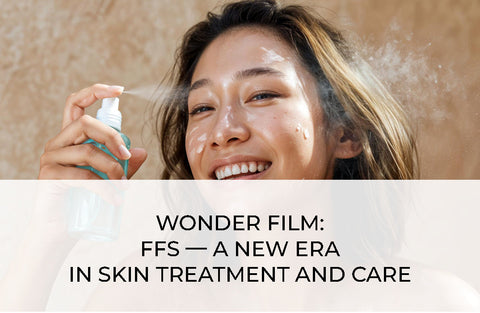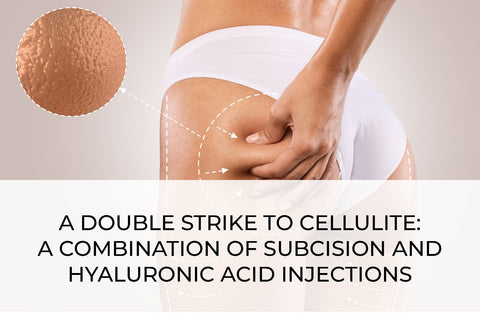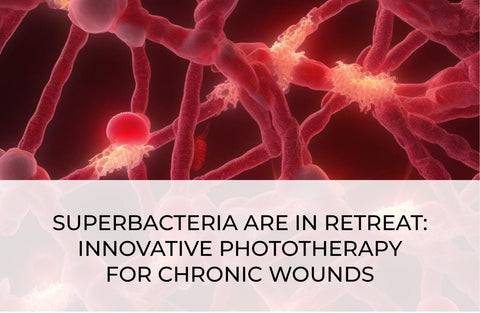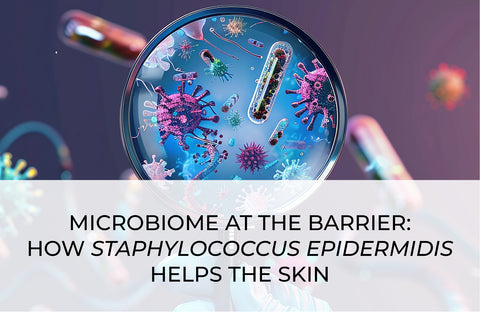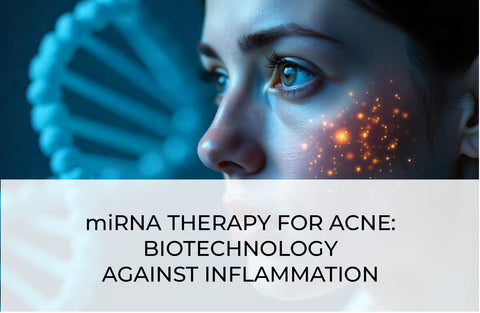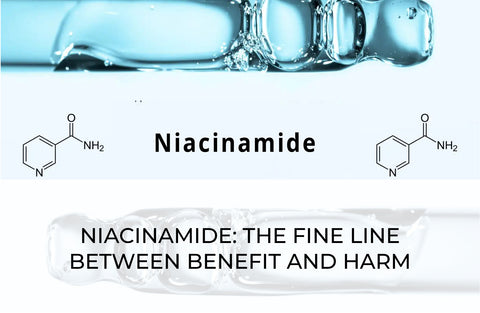IS NEUROGENIC INFLAMMATION THE KEY TO UNLOCKING THE SECRET OF ROSACEA?

Image by master1305 on Freepik
Rosacea is a chronic inflammatory skin disease with a high prevalence: about 5% of people worldwide face its manifestations in papules, erythema, and telangiectasias in the central part of the face. Neither the etiology nor the genetic prerequisites nor the pathophysiological basis of vascular, inflammatory, and fibrotic skin changes characteristic of rosacea are fully understood [1].
Knowledge of the etiology and mechanisms of disease development is essential because the primary goal of treatment and aesthetic correction is not to get rid of the symptoms of the disease but to eliminate its cause. Recent studies indicate the dominant role of neurogenic inflammation in the development of rosacea [2].
Neurogenic inflammation is the release of neuropeptides from nerve cells in response to noninfectious stimuli, triggering a cascade of pathogenetically significant reactions involving different types of immune cells and numerous physiologically active substances.
The primary role of skin nerve endings is to perceive and respond to external environmental factors to maintain homeostasis. The skin contains afferent fibers, unmyelinated C-fibers, myelinated Aδ-fibers, and autonomic nerve fibers densely distributed throughout its layers. These fibers secrete neuropeptides, which are part of the cutaneous neuroendocrine system. The role of neuropeptides in the regulation of lymphoid, mast, and other cells of the immune system is to transform impulses from afferent nerve fibers into signals that can be read by immunocompetent cells and trigger a response, including inflammation [1, 2].
One plausible mechanism for developing clinical manifestations in rosacea can be summarized as follows.
- Rosacea-specific triggering factors:
- solar radiation,
- alcohol,
- spicy food,
- hot drinks or food,
- hot/cold temperature,
- decorative and skincare cosmetics,
- psycho-emotional stress.
- Activation of nerve endings in response to trigger factors and release of neurotransmitters.
- Synthesis of pro-inflammatory cytokines by cells of the immune system in response to neurotransmitters, triggering an inflammation, which manifests itself in the form of characteristic symptoms of rosacea — erythema, telangiectasias, papules, and pustules.
Exposure to rosacea triggers is experienced daily by most people, but rosacea becomes the fate of only 5%. There are specific prerequisites for this.
Biologically active substances and receptors involved in the development of neurogenic inflammation are under genetic control. Deng Z. et al. published the results of a genetic study conducted in 52 families of patients with rosacea [3]. The authors identified single rare variants of LRRC4, SH3PXD2A, and SLC26A8 genes. Gene ontology analysis shows that they encode proteins involved in neuro synaptic processes and cell adhesion. According to in vitro studies, mutations in LRRC4, SH3PXD2A, and SLC26A8 trigger the production of vasoactive neuropeptides in human neurons. In a mouse model harboring a recurrent LRRC4 mutation characteristic of rosacea patients, the authors observed rosacea-like skin inflammation based on peripheral neurons' excessive vasoactive intestinal peptide (VIP) release. The results confirm the presence of hereditary predisposition and a significant contribution of neurogenic inflammation to the development of rosacea.
The skin of rosacea patients has a significantly lower threshold of sensitivity to heating and chemicals compared to healthy skin. An increased density of sensory neurons is observed in the erythematotelangiectatic form of rosacea (ETR). In addition, in all subtypes of rosacea, sensory neurons, immune cells, and blood vessels are characterized by an increased density of TRP ion channels [1-3].
The present results of studies indicate the presence of genetic prerequisites and features of the structure and functioning of the network of nerve fibers of the skin in patients with rosacea. The available data are still insufficient to determine whether neurogenic inflammation is the leading cause of dermatosis. Nevertheless, we can confidently assert that it plays an essential role in the development of symptoms of the disease, which makes pathogenetically justified the use of topical agents that normalize skin sensitivity and strengthen the epidermal barrier to protect the skin from the action of destructive environmental factors.
References
- Nowicka D., Chilicka K., Dzieńdziora-Urbińska I., Szyguła R. Skincare in Rosacea from the Cosmetologist's Perspective: A Narrative Review. J Clin Med 2022; 12(1): 115.
- Marek-Jozefowicz L., Nedoszytko B., Grochocka M., et al. Molecular Mechanisms of Neurogenic Inflammation of the Skin. Int J Mol Sci 2023; 24(5): 5001.
- Deng Z., Chen M., Zhao Z. et al. Whole genome sequencing identifies genetic variants associated with neurogenic inflammation in rosacea. Nat Commun 2023; 14(1): 3958.

